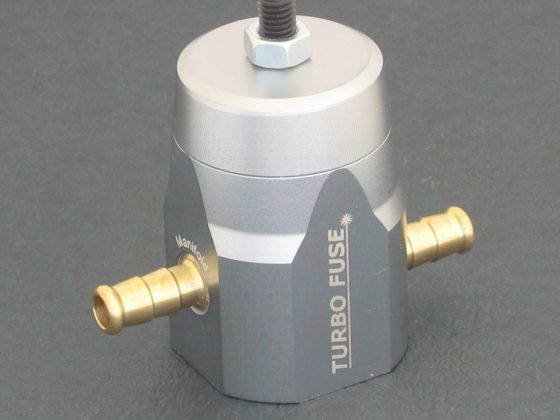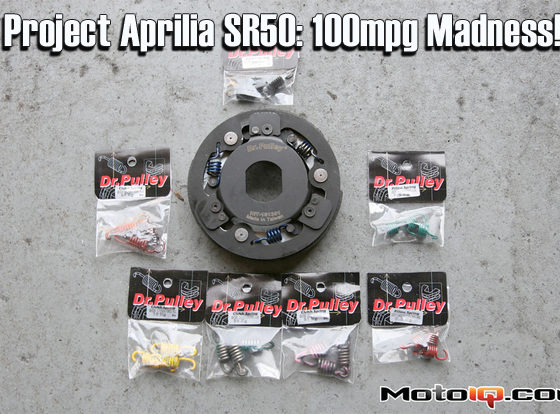,
The V3’s have a large adjusting range which is very handy for the serious grassroots suspension tuner. A big range of adjustment means that a big range of spring rates can be used without having to revalve the shocks. The KW’s adjusters also have consistent discreet adjusting increments which are consistent throughout the range. Most adjustable shocks, especially the lower cost ones, do not have consistency in the adjustments. The damping force adjusting increments varies greatly from click to click and the adjustment range is small.
 |
| In compression most of the damping control is handled by the foot valve so the valving in the piston mostly acts like a one way check valve with some damping control across the board at all speeds. |
The V3’s damping curve can be tailored from mildly digressive to heavily digressive. A digressive damping curve means that there is more damping at low piston speeds. At higher piston velocities, the two stage valving blows open bypassing fluid to where there is less overall damping. Digressive curves give good body platform control while still allowing a decent ride and minimizing traction reducing tire shock and hop.
A really cool feature that the Subaru V3’s have is the remote accumulator. The accumulator is like a remote reservoir found in some super high end race shocks. On the V3 this accumulator is a canister with a rubber bladder that is pressurized with nitrogen gas. Oil from the outer tube can flow back and forth from the outer tube to the accumulator. The bladder inside the accumulator gives the fluid displaced by the volume of the shock shaft as it goes in and out of the shock body a place to go. The rubber flexes and the gas compresses giving the incompressible fluid room, preventing the shock from getting hydraulic lock.
Typically, a twin tube shock simply has a volume of air or gas in the outer tube at the top of the fluid to allow for shaft displacement. This works ok, but under hard use the air can get mixed with the fluid and the frothy mix has less damping than non-emulsified fluid. This mixing of air and oil is the primary cause of shock fade in hard use. Another disadvantage of a standard twin tube is that usually only a low gas pressure can be used if the shock is indeed gas pressurized. Pressurization is good because it reduces fluid cavitation through the valves at high piston speeds. Cavitation is localized boiling in low pressure zones like the backside of shock valves. Cavitation also causes the fluid to foam and lose damping ability. The V3’s accumulator and rubber bladder prevent the gas and fluid from mixing. The bladder is pressurized to about 60 psi with nitrogen gas to reduce cavitation of the fluid.
KW addresses some of the issues that coilovers usually have on street cars. Many times the threaded body of the shock corrodes as it’s hard to keep cut threads from rusting, especially where the spring collars are turned on the threads even with rust resisting platings and coatings. Typically the spring seat is made of a different metal than the shock body. This causes galvanic corrosion. The shocks on a street car are exposed to the elements and receive very little maintenance. These issues cause the threaded body to corrode to the spring seat making a frozen mess. KW addresses this issue by using stainless steel for the shock body coated with their proprietary Inox coating. The spring seat is made of a corrosion proof engineering super plastic. This makes for a coilover body that that is always silky smooth in adjustment and will never corrode, even in salty east coast winters!
 |
| The low speed compression damping adjustment is mostly handled by the foot valve. The low speed fluid flow is shown in green. When the adjusting knob is turned, the spring preload on the needle valve controlling low speed fluid flow is increased, this increases the initial force needed to open the valve. When high speed flow needs to be controlled, like when hitting a big bump, the much larger compression blow off valve opens, its fluid flow is shown in blue. This allows the shock to react and absorb the impact. Thus you can have both good control via external adjustability and decent ride. |
The front KW struts have an eccentric on the upper strut to spindle bolt making the camber adjustable in a wider range than when just using a camber plate alone. The main springs are also paired with helper springs to keep tension on the main springs even when the suspension is at full droop. This helps keep the springs quiet and prevents the possibility of the spring coming out of place in hard track driving. Another cool feature of these dampers is that the damper body is shortened so the car can be lowered without losing bump travel. This is a highly important feature allowing a low car that will still stay off the bumpstops in a corner while maintaining reasonable spring rates. Bottoming under roll when cornering is the #1 cause of ill handling in modified cars so its critical not to give up bump travel in a lowered car. We adjusted our STi 1.2” lower in the front and ¾” lower in the rear for now. The dampers feature modular construction and can be taken apart for rebuilding or revalving if so desired.



